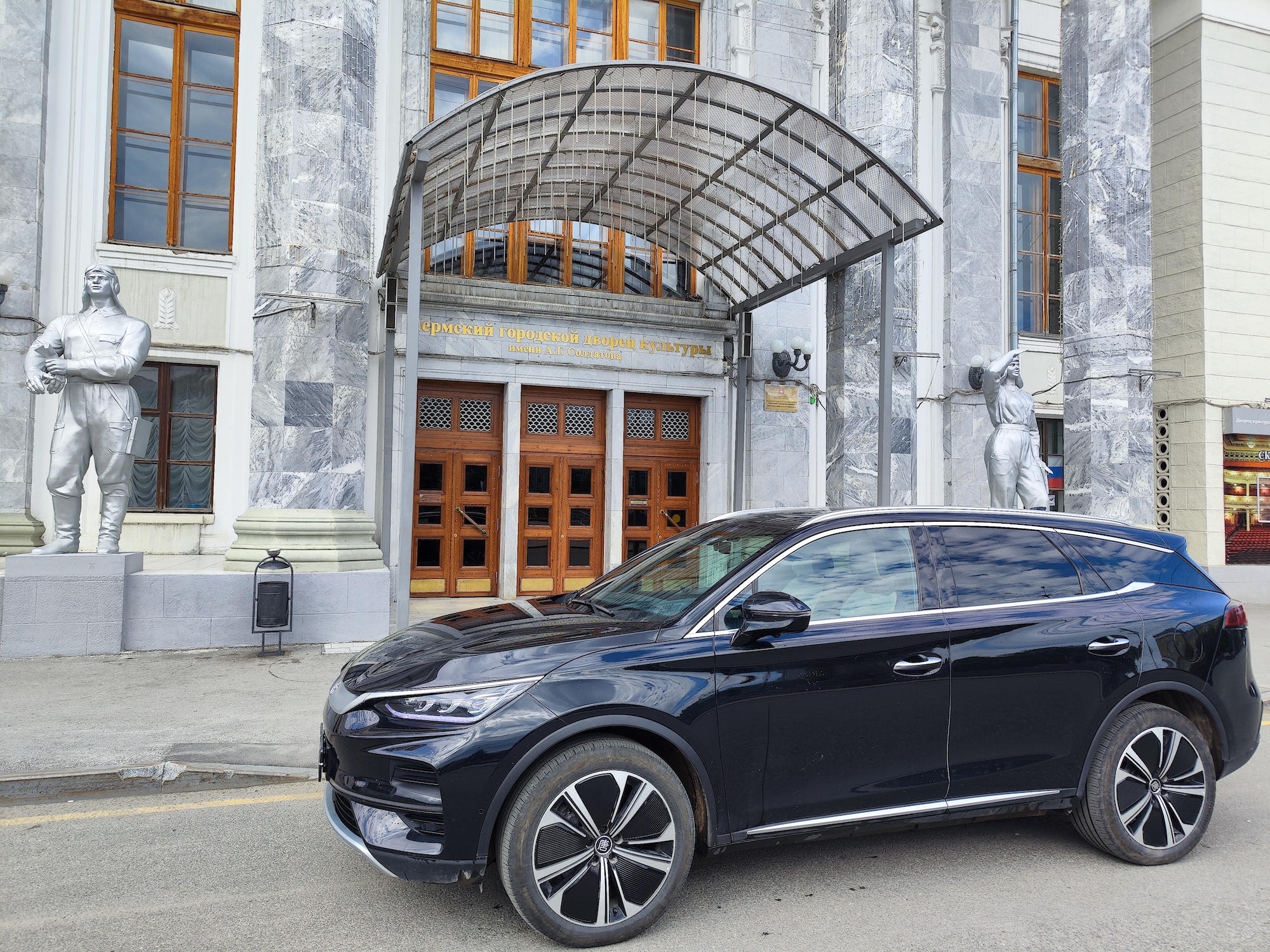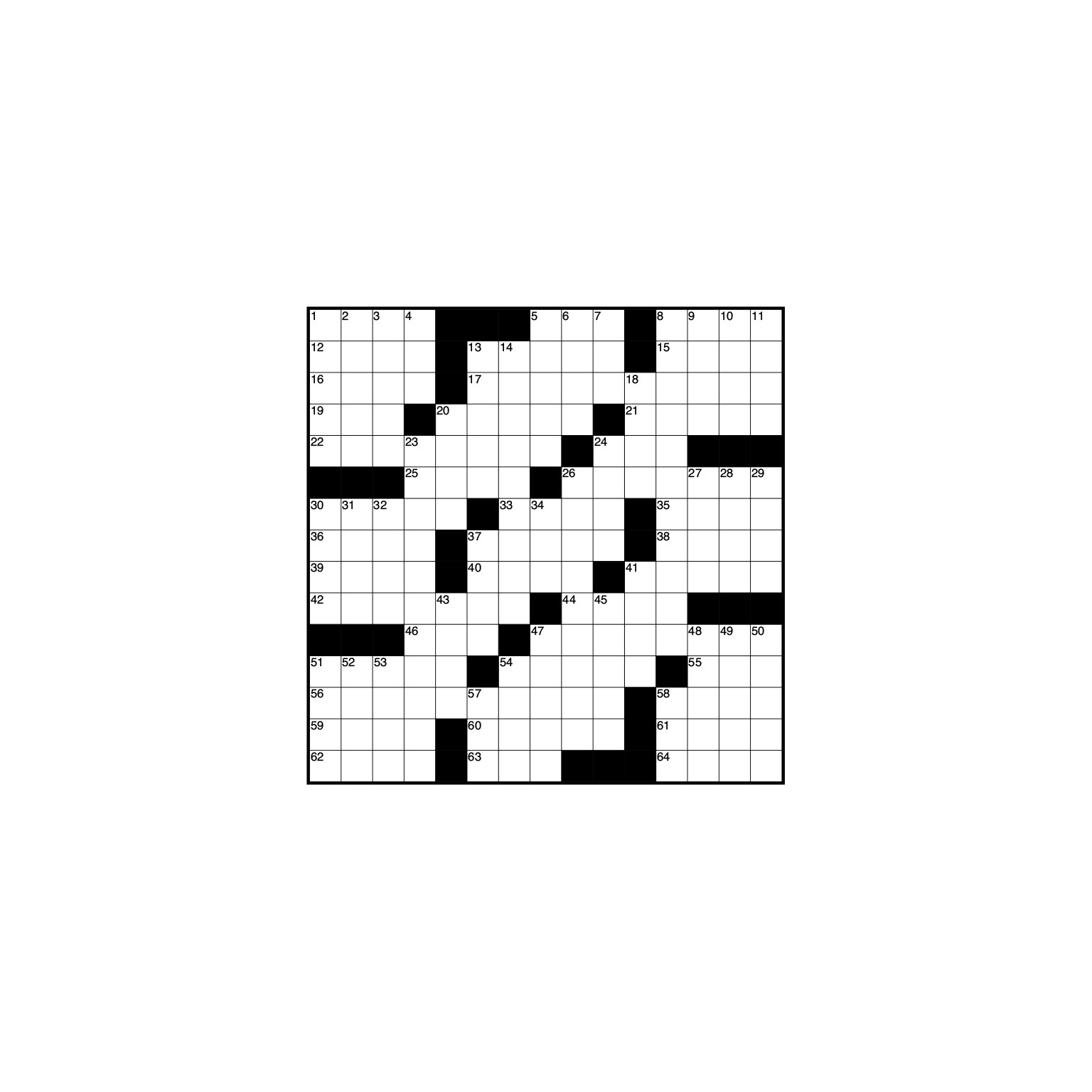NiCAN Ltd. [TSXV-NICN] reported assay results from its phase III drilling program on the Wine property located in the Snow Lake area in Manitoba, Canada. This program expanded several mineralized zones at the Wine Occurrence, including an upper zone that appears to be eastward dipping, and advanced our understanding of the overall Wine Gabbro.
Highlights: Diamond drill hole Wine 23-29 intersected multiple zones of mineralization including, 31.5 metres averaging 1.90% Cu and 1.92% Ni (2.31% NiEq) – the longest zone of continuous mineralization intersected to date, and also an Upper Zone averaging 2.20% Cu and 1.56% Ni (2.11% NiEq) over 9.6 metres.
Brad Humphrey, President and CEO, commented, “We are happy to report the results from the additional drilling at the Wine Occurrence, expanding the mineralized zones and allowing for a significant improvement in interpretation. This phase of drilling at the Wine Occurrence indicates that the main mineralized zone likely extends to sub-surface further to the north and plunges moderately to the southwest. A sub-cropping upper zone to the east, intersected at the top of hole Wine 23-29, has also been further defined, and after additional analysis and interpretation indicates a dip to the east and plunge to the southwest. This Upper Zone is significant and further work is required to determine the full extent of the zone.”
Upper Zone (Wine Occurrence): Drill hole Wine 22-6 returned 9.8 metres of 2.09% Cu, 1.23% Ni, 1,79% NiEq and 0.051% Co. Wine 23-16 returned 7.7 metres of 1.69% Cu, 1.12% Ni, 1.55% NiEq and 0.043% Co. Wine 23-17 returned 5.4 metres of 0.99% Cu, 0.81% Ni, 1.04% NiEq and 0.031% Co.
Phase III Drill Program – Wine Occurrence: Diamond drill hole Wine 23-29, drilled from an existing drill pad, tested an area to the south of diamond drill hole Wine 22-5, which intersected significant nickel-copper mineralization.
The company interprets diamond drill hole Wine 23-29 to have intersected an upper, sub-cropping zone, which assayed 2.20% Cu and 1.56% Ni (2.11% NiEq) over 9.6 metres followed by three middle zones that returned lower grade mineralization. The main zone returned 31.5 metres at 1.90% Cu and 1.92% Ni (2.31% NiEq); the greatest length of continuous mineralization intersected to date at the Wine Occurrence. True widths are interpreted to be approximately 80% of intersected widths.
The Phase III exploration program at the Wine project included 2,209 metres of diamond drilling and was designed to further drill test the Wine Occurrence as well as several additional greenfield geophysical targets throughout the Wine Gabbro.
A total of 17 holes were drilled. The original program had 1,700 metres planned but much improved drill productivity allowed for an additional 500+ metres to be drilled while remaining within the allotted budget.
Over the broader Wine Gabbro area, multiple conductive targets, identified by the Versatile Time Domain Electromagnetic (VTEM) airborne geophysical survey completed in 2022 as well as borehole and ground TDEM surveys, were drill tested.
The Phase III Wine drill program followed up on the significant results returned from the Phase II drill program completed in the first quarter of 2023, during which a new nickel-bearing horizon within the Wine Gabbro was discovered. The new mineralized horizon is situated approximately 600 metres east of the Wine occurrence and, to date, has displayed disseminated, network and narrow widths of massive sulphides over a strike length of 1.4 kilometers. Pyroxenite and ultramafic horizons have been defined within the Wine Gabbro and these display a close association to intersected mineralization.
Diamond drill hole Wine 23-21 intersected significant lengths of disseminated nickel-bearing pyrrhotite and chalcopyrite. This included 19.5 metres averaging 0.21% NiEq, 16 metres averaging 0.33% NiEq and 3.3 metres averaging 0.36% NiEq. Diamond drill hole Wine 23-7 located 100 metres to the southwest had previously intersected 13.5 metres averaging 0.49% NiEq, while Hole Wine 23-22 intersected 7.5 metres averaging 0.27% NiEq.
NiCAN believes that the nickel mineralization hosted by the Wine Gabbro may be analogous to the nickel-copper deposits in the Lynn Lake area, which is to the north of the Wine property. At Lynn Lake, approximately 22.2 million tonnes averaging 1.0% nickel and 0.5% copper were historically mined at the Farley Mine. The Farley Mine consisted of multiple lenses of mineralization contained within a 4.2 km2 gabbro body. The Wine Gabbro area contains numerous similarities and has seen very little exploration for nickel-copper deposits.
The nickel equivalent grade calculation incorporates nickel and copper values only, assume recoveries of 85% for nickel and 85% for copper based on comparable deposits.



.jpg)
